Byberry Hall
(A Purpose-Built Abolition Debate Hall)
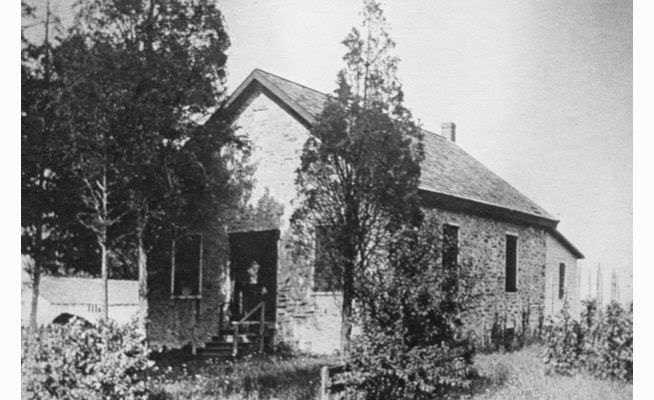
Byberry Hall was constructed between 1846 and 1847 by
Harriet Forten Purvis (1810 - 1875) and Robert Purvis (1810 – 1898).
Unlike most (if not all other) Abolition Debate Halls,
Byberry Hall was commissioned/built by African-Americans. The other local debate halls were constructed by Caucasian (mostly Quakers) of European descent.
Robert Purvis was an African American, who was a leading abolitionist and promoter of women’s rights. He considered himself simply an advocate of human rights, black, white, male or female.
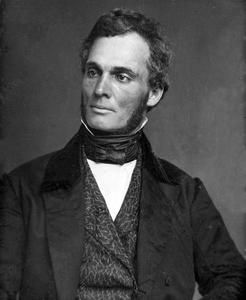
Robert Purvis came to Philadelphia in 1819 as a child. Philadelphia was intended to be a temporary home; his parents, a wealthy couple, were planning on moving the family to England. His mother was biracial, and his maternal grandmother had been captured in Morocco and sold into slavery in the US.
His parents abhorred slavery and the family was deeply involved in the abolition movement. Robert and his two brothers attended the Pennsylvania Abolitionist Society's Clarkson School for grammar school. The family were frequent guests at the home of abolitionist, James Forten.
When Robert was sixteen, his father died leaving the family a great deal of wealth. Robert spent time at Amherst Academy, but returned to Philadelphia in the mid-1820s. Using some of the wealth left by his father, as well as other resources, Robert began buying and selling real estate, parlaying the inheritance into even greater wealth.
He married Harriet Forten, shortly after his return in 1832.
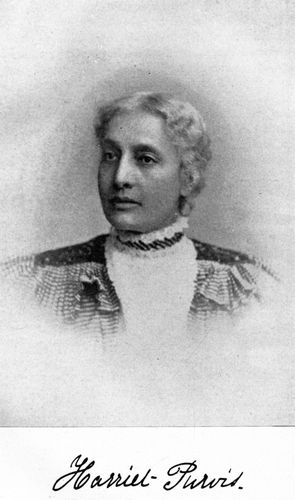
Harriet (Forten) was the daughter of James Forten (often referred to as "the wealthiest African American in Philadelphia" during his life).
From the earliest age, Harriet and her siblings, were encouraged (expected) to participate in both suffrage and abolition activities. The Forten and Purvis families were instrumental in the establishment of some of the most influential organizations for enacting social change to both of these causes.
Robert and Harriet bought a house in the center of Philadelphia and eventually had eight children and a governess to manage them.
Racial tensions in Philadelphia exploded into race riots in the late 1830’s. The Purvis’s were regular targets of these. At least twice the mobs went directly to the Purvis residence, threatening to burn it down with occupants inside. After this happened two nights in a role in 1842, Robert took his family and moved to the country for safety.
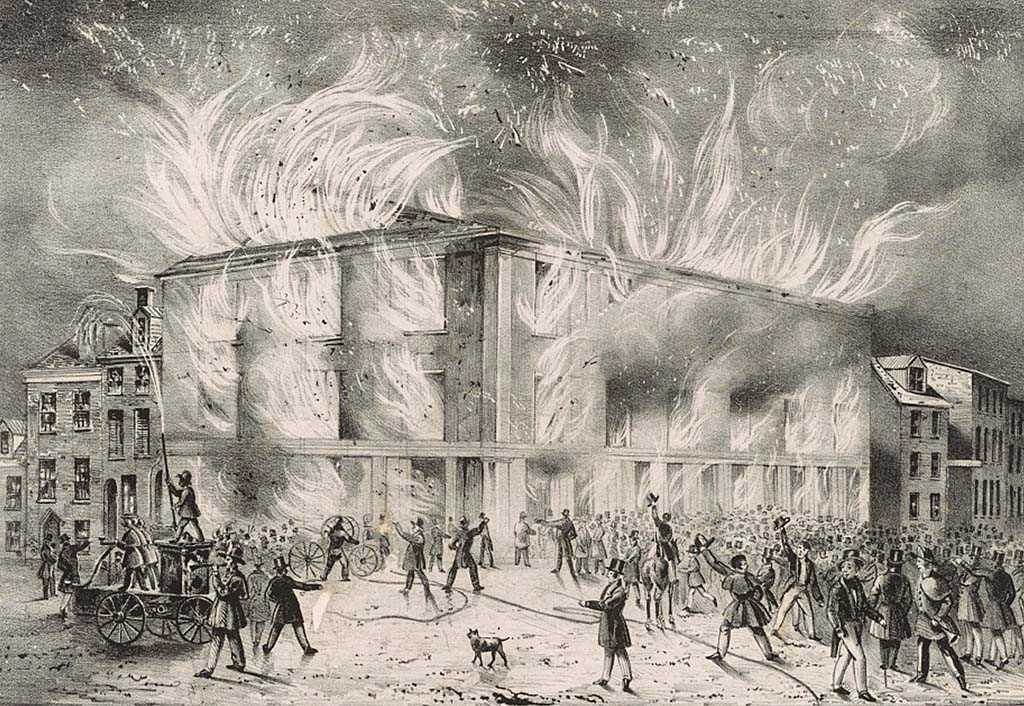
Destruction by Fire of Pennsylvania Hall, May 17, 1838
Illustration by J. C. Wild, Courtesy Library of Congress (2014645336)
The Purvis’s moved to Byberry Township. Their farm, called Harmony Hall, bordered the Meeting House Complex both to the north and to the south. This move was by no means the end of their activities. The Purvis’s regularly travelled 14 miles to Philadelphia to attend abolitionist meetings and anti-slavery fairs but more notably, Harmony Hall became a hub of abolitionist activity.
It is thought as many as one slave a day was harbored at Harmony Hall. Between this and their previous house in the city, total people assisted on the Underground Railroad is estimated to approximately 9,000 by Robert and Harriet.
Shortly after their arrival, in 1846, they purchased the lot bordering the Meeting House property to the east and constructed Byberry Hall.
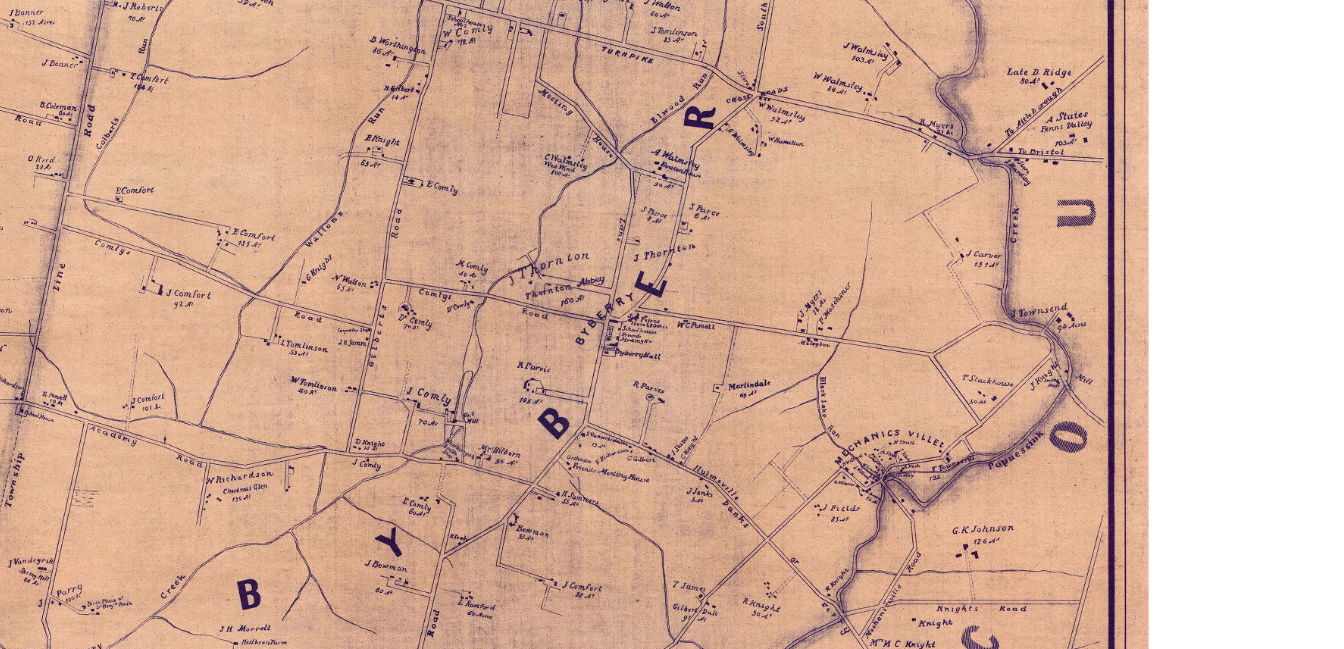
(Byberry Hall is between the B and E of Byberry)
Byberry Hall was also intended as a public meeting space. Until this point abolitionist lectures were occasionally held in the Meeting House, including in 1844 when the Friends somewhat reluctantly, let Fredrick Douglass deliver a lecture there. But the Quaker Friends felt that such a contentious subject was not appropriate in the same space as Meeting for Worship.
Byberry Hall provided a place to have open discussions about race, as well as education and social issues. It was intended, from the start, as a space to speak freely in community meetings, educational lectures and debates.
Purvis sold the Hall to the Trustees of Byberry Hall, an organization he founded with others. The Trustees remained active well into the 20th century and was entwined with the Meeting. He remained an active member of the Trustees throughout his life in Byberry. The Hall was also used for meetings of the Byberry Philosophical Society, which Purvis was a member, and the Byberry Literary Society which started in 1858.
Township elections were moved from the Schoolhouse to the Hall shortly after its construction.
Byberry Hall was a rural center for the Purvises to host abolitionist’s from throughout the northeast including amongst others, William Lloyd Garrison, James and Lucretia Mott, and Fredrick Douglas. It is likely that William Still also spoke here as he worked closely with Purvis for the Vigilance Committee.
The Purvises were also vocal believers in women’s rights. They hosted Susan B. Anthony and Elizabeth Cady Stanton at their home, and likely these women also spoke in Byberry Hall.
Although the Purvis’s were not members of the Byberry Meeting, they appear to have been on good terms with the Members not just through their connection with Byberry Hall. They were known to attend Meeting when Lucretia Mott spoke there. Their children went to Byberry School, which was the only integrated school in the area until the 1850’s. Robert Purvis was a member of the Byberry Philosophical Society which, although not a Quaker organization, was dominated by members of the Meeting. He donated land to the Meeting to extend the new burial ground in which two of his sons are buried.
In 1874 Robert was hired to oversee the closure of the Freedman’s Savings Bank, a post that required him to spend a great deal of time in Washington DC. Harriet and her daughter moved from Byberry to a row house downtown, in what is now called the Spring Garden neighborhood. Harriet died shortly afterward.
Susan Vorwerk, 2/25/2020